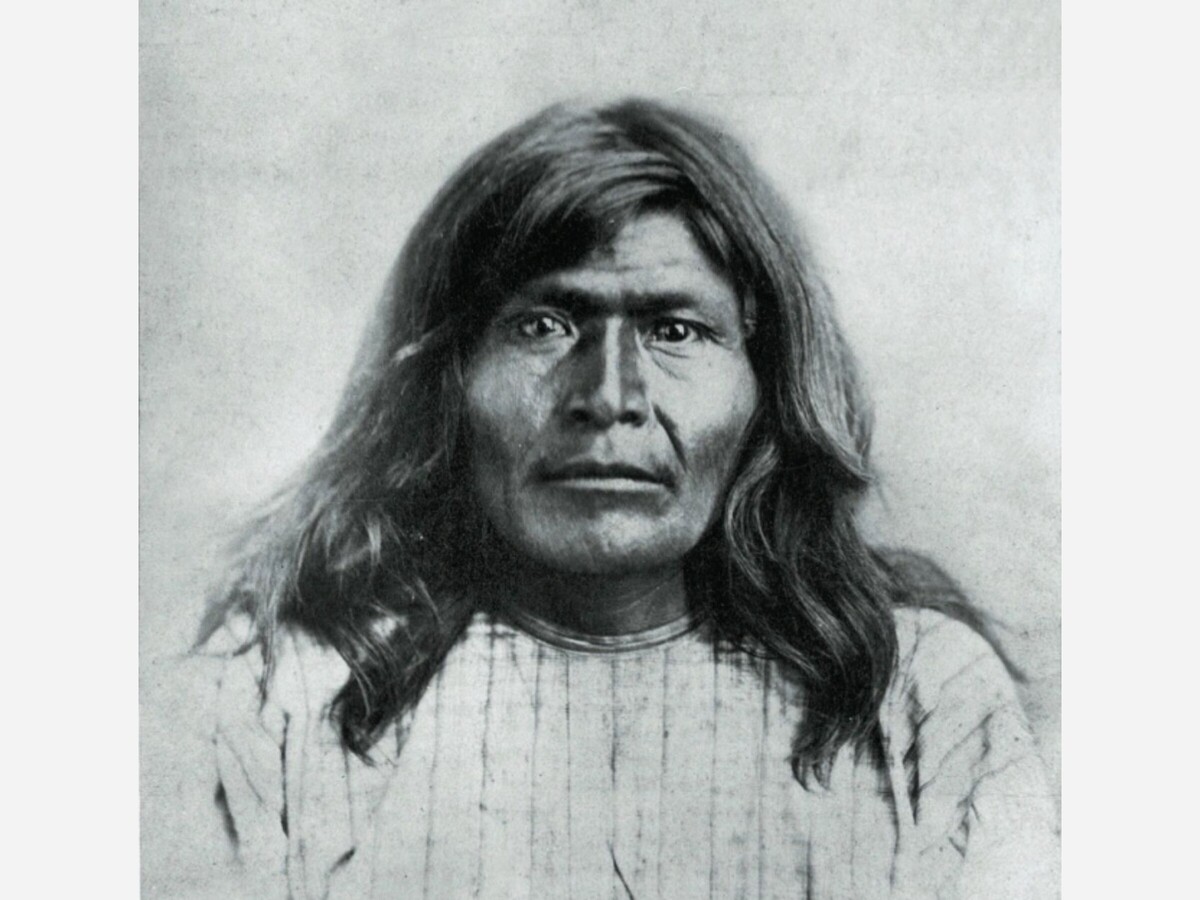Image


As Women's History Month winds down for March 2024, we showcase one woman that predates Alamogordo and Otero County but made a notable contribution to history of our nation and Otero County: Little Sister Lozen Healer, Public Servant and a Spiritual Leader.
Otero County of New Mexico is notable for a lot of characters that drive the headlines and may go down in history. But history in Otero County was made by a woman long before Alamogordo became the county seat- the story of Little Sister Lozen.
She was a respected Apache warrior and medicine woman. She resisted Apache placement onto reservations alongside her brother, the Warm Springs Apache chief, Victorio, his successor Nana, and later Geronimo.
With outstretched hands, it was said she was able to determine the location of an enemy. Apaches have credited Lozen’s special powers for Victorio’s successful evasion of pursuers.
Little Sister Lozen.was a warrior and prophet of the Chihenne Chiricahua Apache. She was the sister of Victorio, a prominent chief. Born into the Chihenne band during the 1840s, Lozen was, according to legends, able to use her powers in battle to learn the movements of the enemy. According to James Kaywaykla, Victorio introduced her to Nana, "Lozen is my right hand ... strong as a man, braver than most, and cunning in strategy. Lozen is a shield to her people"
Lozen was born in southwestern New Mexico, to the Warm Springs or Ojo Caliente Apaches—the eastern branch of the Chiricahua, also known as the Mimbres Apaches. Lozen was about twenty-one years younger than Victorio and remained unmarried throughout her life. She acquired several names including, “Little Sister,” “Warrior Woman,” and “a Shield to her People,” a name bestowed by Victorio.
Lozen has stirred up controversy among scholars. Eve Ball, noted historian of Apache history, first uncovered stories of Lozen while working on her 1970 publication In the Days of Victorio. Ball attributed Lozen’s previous anonymity to Apache discomfort at revealing that an unmarried woman had joined men on raids. According to her sources, Lozen excelled in horseback riding, shooting, roping, and horse thievery, and Victorio considered her on par with other male warriors and did not go on a raid without her.
In the early 1870s, the U.S. government moved the Warm Springs Apaches to a reservation in Tularosa, New Mexico, and in 1877 to San Carlos, Arizona, despite their protests to remain at Ojo Caliente. Under Victorio’s leadership, the Warm Springs Apaches resisted.
From 1878 to 1880, in what has become known as Victorio’s War, the U.S. army feverishly pursued the elusive band. In 1880, fearing an attack from the Mexican cavalry, Victorio led his band to Tres Castillos, Chihuahua, where they were ambushed. Victorio was killed, while other members of the band were either killed or taken prisoner. Nana—who would become head after Victorio’s death—and several others managed to flee.
The Battle of Tres Castillos, October 14–15, 1880, in Chihuahua State, Mexico resulted in the death of the Chiricahua Apache chieftain Victorio and the death or capture of most of his followers. The battle ended Victorio's War, a 14-month long odyssey of fight and flight by the Apaches in southern New Mexico, western Texas, and Chihuahua. Mexican Colonel Joaquin Terrazas and 260 men surrounded the Apache and killed 62 men, including Victorio, and 16 women and children, and captured 68 women and children. Three Mexicans were killed. Victorio had little ammunition to resist the attack
Lozen narrowly escaped the ambush, instead she had stayed behind to aid a woman in labor and escort her and her newborn child at the Mescalero Apache Reservation in the mountains of Otero County New Mexico.
Some Apaches believed that if Lozen had been at Tres Castillos, her people would have survived that day. She rejoined Nana and other survivors at an encampment where they gathered with other Apache bands, including those led by Geronimo and Juh. Lozen eventually joined Geronimo’s group.
Source: New Mexico Historic Women Marker Program